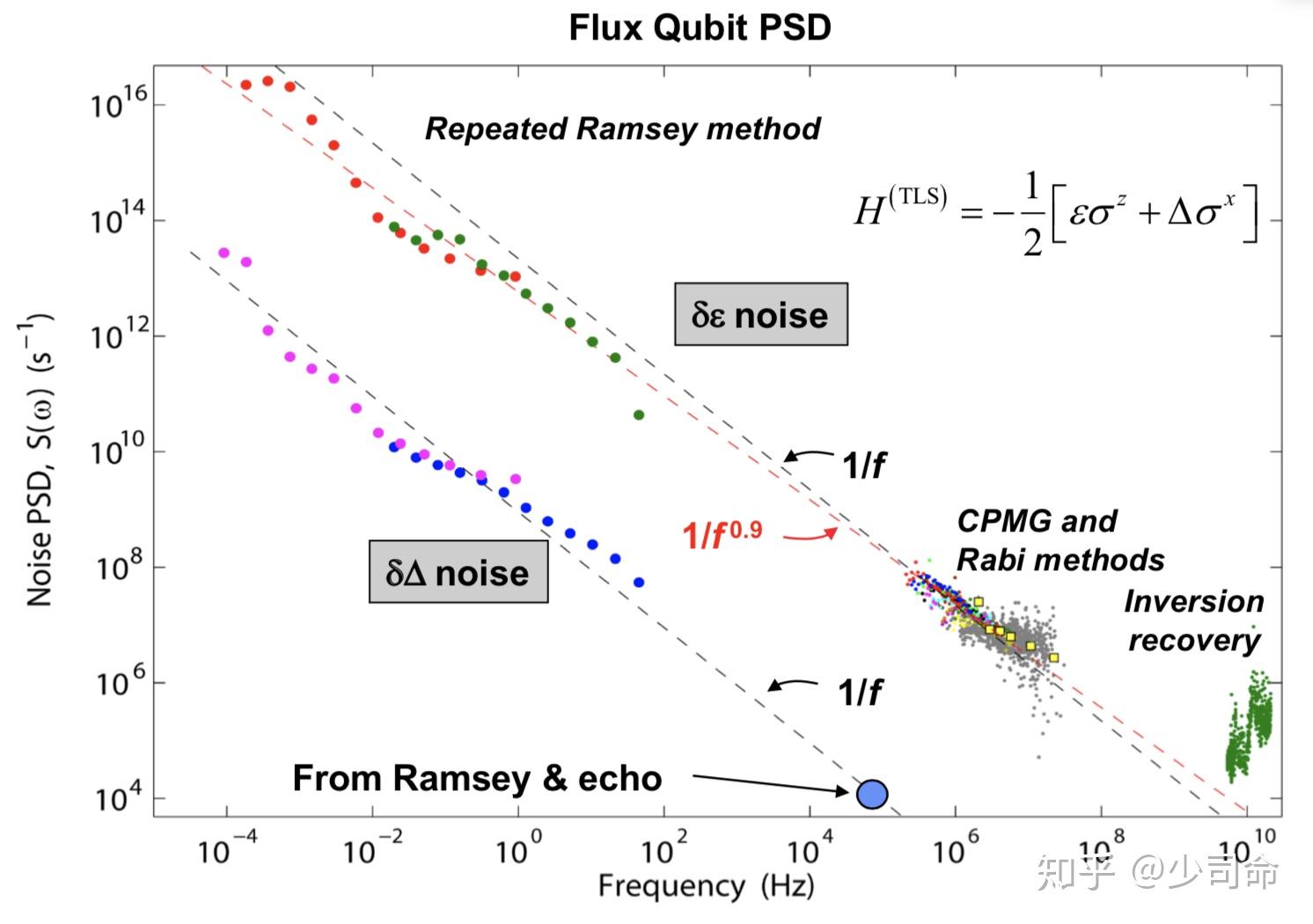|
In today's digital age, businesses are generating massive amounts of data from various sources, such as customer interactions, social media, and online transactions. This data, when properly analyzed and harnessed, holds the potential to drive significant growth and success for organizations. One of the key tools that enables businesses to extract valuable insights from data is predictive analytics. Predictive analytics is a branch of advanced analytics that utilizes statistical algorithms and machine learning techniques to forecast future outcomes based on historical data patterns. By analyzing large volumes of data, predictive analytics helps businesses identify hidden trends, make informed predictions, and optimize decision-making processes. One of the prominent applications of predictive analytics is in the field of marketing. With access to vast amounts of customer data, businesses can leverage predictive models to anticipate customer behavior, preferences, and needs. By understanding customers' purchasing patterns and determining their likelihood to convert, companies can design targeted campaigns, personalized offers, and recommendations, thereby increasing customer engagement and loyalty. Another area where predictive analytics plays a crucial role is in fraud detection and prevention. Financial institutions can employ predictive models to detect unusual activities or patterns indicating fraudulent transactions. By analyzing historical data and real-time inputs, these models can identify potential risks and take preventive measures promptly, reducing financial losses and protecting both customers and businesses. Furthermore, predictive analytics finds application in supply chain management. By analyzing historical sales data, inventory levels, weather patterns, and other relevant factors, businesses can forecast demand accurately and optimize their inventory levels accordingly. This not only reduces costs associated with excess inventory but also ensures that products are available when and where they are needed, enhancing customer satisfaction. Predictive analytics is also making strides in healthcare. Medical professionals can use predictive models to assess patient risk, predict disease progression, and develop personalized treatment plans. By leveraging patient data, including medical history, genetic information, and lifestyle factors, healthcare providers can improve patient outcomes and allocate resources effectively. However, it is important to note that predictive analytics is not without its challenges. Privacy concerns, data quality issues, and the need for skilled data scientists are some of the hurdles that organizations must overcome to fully harness its potential. Additionally, ethical considerations surrounding the use of personal data and the transparency of algorithms must be addressed to ensure responsible and accountable use of predictive analytics. In conclusion, predictive analytics is a powerful technology that empowers businesses across various industries to make data-driven decisions and gain a competitive edge. By leveraging historical data to predict future outcomes, organizations can enhance customer experiences, optimize operations, and mitigate risks. As technology continues to evolve, the opportunities and applications of predictive analytics are only expected to expand, paving the way for a more efficient and data-driven future.  |
